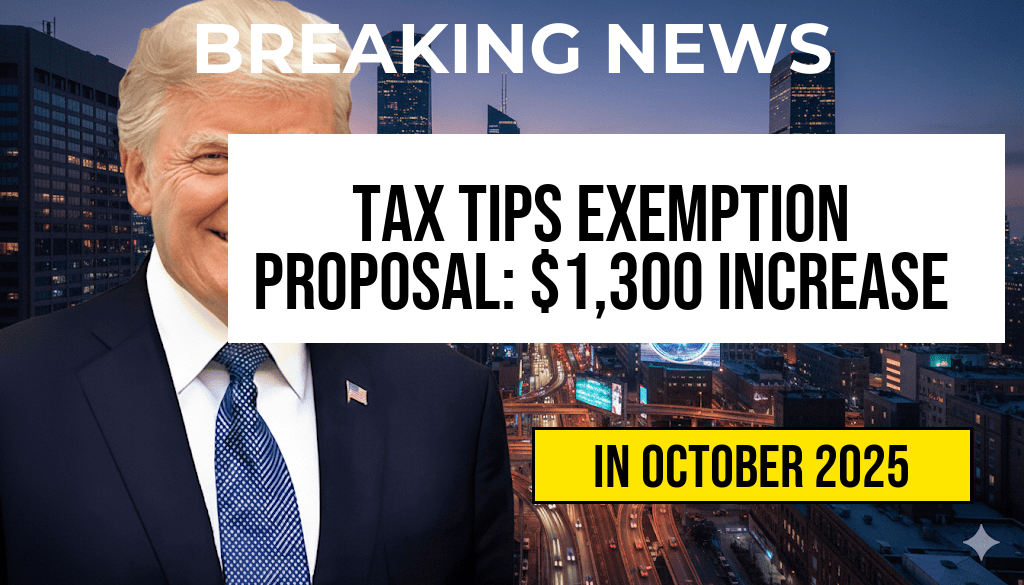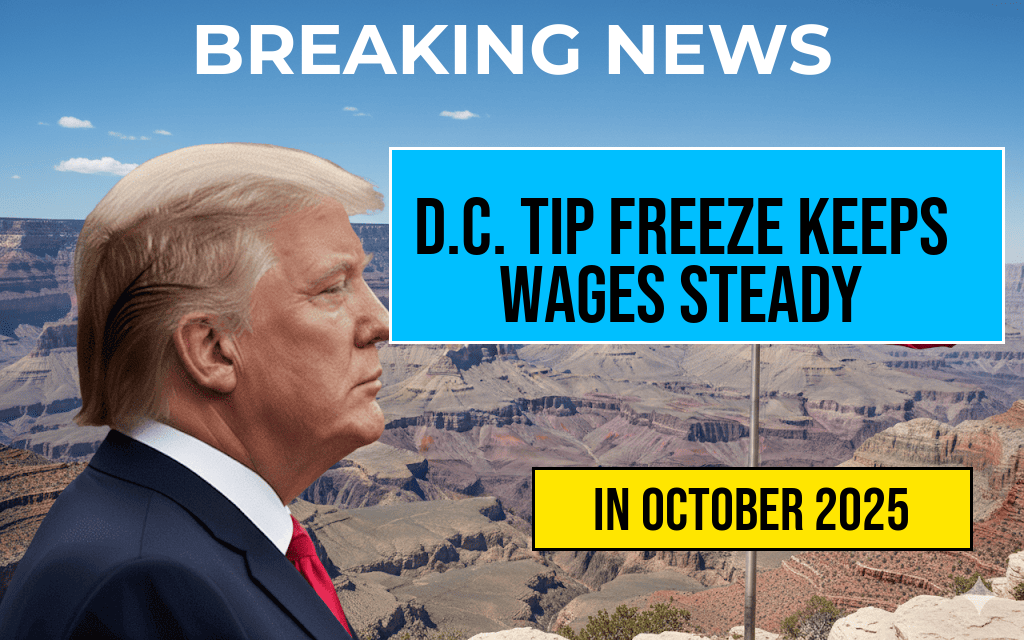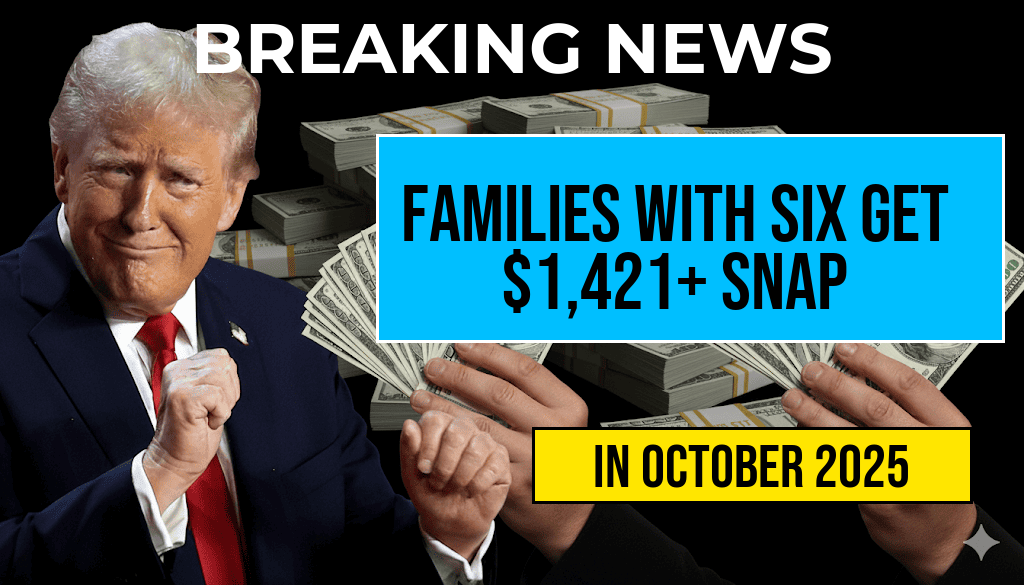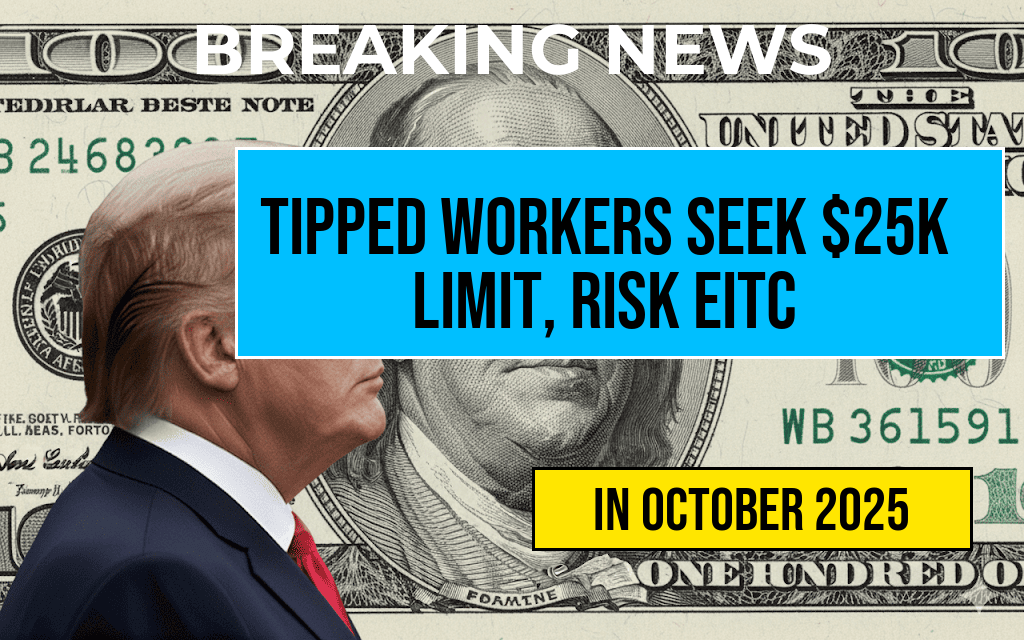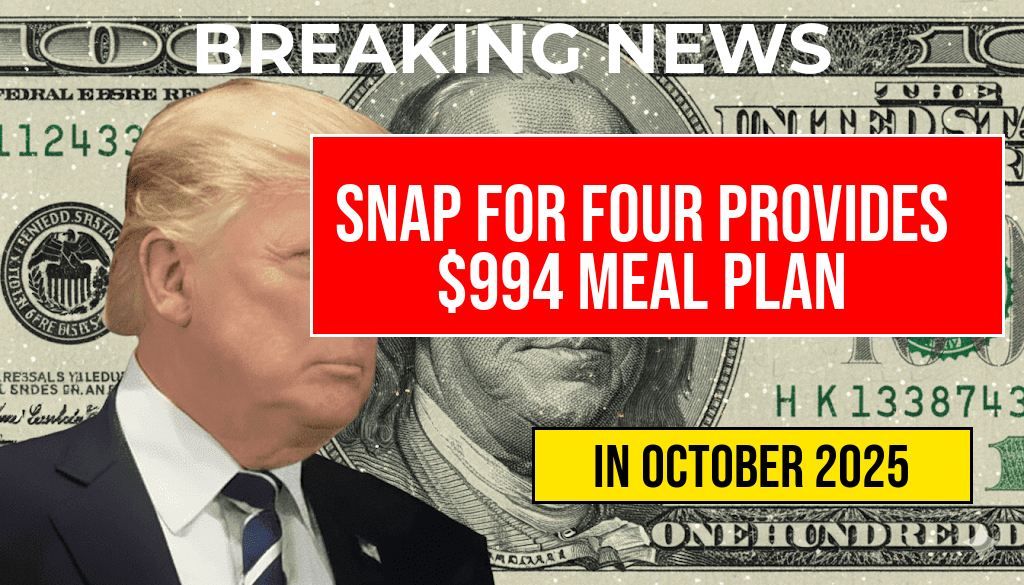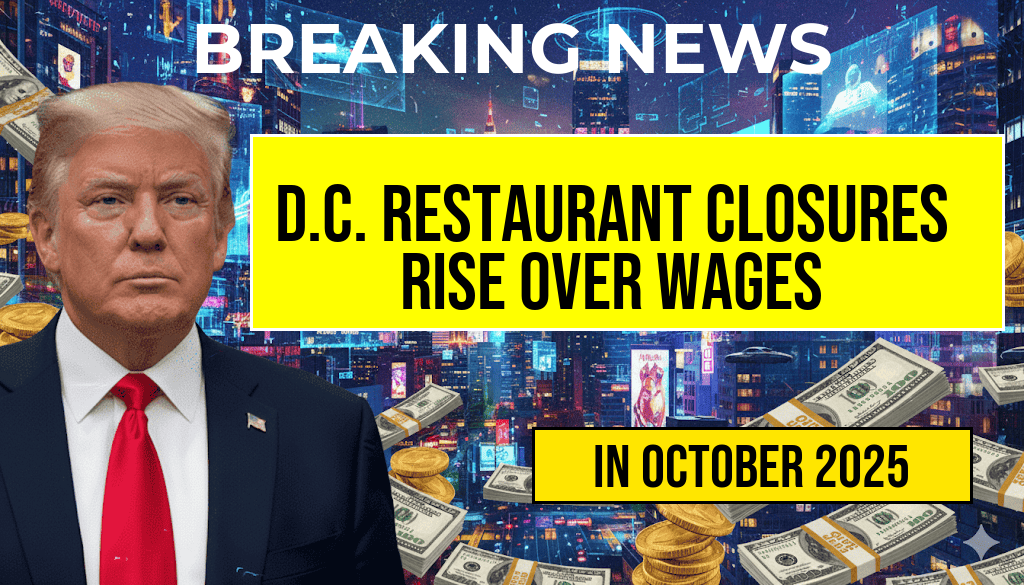D.C. Tip Freeze Extends Through July 2026, Preserving $10 Hourly Rate Amid No Base Increases
The District of Columbia has announced that the current $10 an hour tipping rate for service workers will remain in place through July 2026, with no scheduled increases for the next three years. This decision, approved by city officials, aims to maintain stable income levels for thousands of tipped employees amid ongoing economic uncertainties and inflation concerns. The extension continues a policy that was initially enacted in 2020 to support workers during the pandemic but has now become a long-term fixture, despite debates over wage adequacy. While the tip rate remains unchanged, critics argue that stagnant wages could hinder efforts to address rising living costs in the nation’s capital, prompting discussions about future adjustments and broader labor policies.
Background: The Evolution of Tipping Policies in D.C.
Since 2010, the District of Columbia has mandated a minimum tip rate of $10 an hour for tipped workers, aligning with federal guidelines that allow employers to pay a lower base wage if tips make up the difference. The policy was temporarily adjusted during the COVID-19 pandemic to support service employees facing reduced patronage and income instability. In 2020, the city extended the tip freeze through July 2023, citing economic recovery concerns. The recent announcement extends this policy yet again, effectively cementing the tip rate at $10 per hour through mid-2026.
Implications for Service Industry Workers
For thousands of waitstaff, bartenders, and other tipped personnel, this policy means their average earnings will remain stable at $10 per hour for the foreseeable future, assuming tips are not significantly affected. However, with no scheduled base wage increases, workers face ongoing challenges as inflation erodes the purchasing power of their wages. According to the Bureau of Labor Statistics, consumer prices in Washington, D.C., have risen steadily over the past few years, placing additional financial strain on low- and middle-income residents.
| Parameter | D.C. Policy | Federal Guideline |
|---|---|---|
| Minimum Tip Rate | $10/hour (extended through July 2026) | Varies by state; no federal minimum tip rate, but tipped workers can be paid as low as $2.13/hour if tips compensate for the difference |
| Base Wage for Tipped Workers | $10/hour (frozen) | $2.13/hour (federal) |
| Duration of Current Policy | Through July 2026 | Varies; some states adjust minimum wages annually |
Economic and Political Reactions
The extended tip freeze has elicited mixed reactions from stakeholders. Business associations argue that maintaining consistent tipping policies offers predictability and supports economic stability for restaurants and hospitality venues. “A stable tip rate helps us plan wages and staffing more effectively,” said a spokesperson for the D.C. Hospitality Association.
Conversely, labor advocates emphasize that the absence of base wage increases hampers efforts to improve worker earnings and address income inequality. “Tipped workers are among the lowest-paid in the city, and freezing wages for three more years ignores the rising cost of living,” stated Maria Lopez, director of the D.C. Workers’ Rights Coalition.
Looking Ahead: Potential Policy Changes and Broader Wage Discussions
While the current policy extends the tip freeze, discussions about future wage adjustments are ongoing. City officials have acknowledged that economic conditions could prompt reevaluation, especially if inflation persists or wages fail to keep pace with living costs. Some city council members are advocating for a move toward a higher minimum wage or a more comprehensive wage policy that reduces reliance on tips, citing examples from other jurisdictions where base wages are being adjusted to ensure fair compensation regardless of tips.
For now, service workers in D.C. can expect their hourly tip rate to stay at $10 until at least mid-2026, offering some income stability but also raising questions about wage adequacy amid ongoing economic challenges. The policy reflects a balancing act between supporting business interests and addressing the financial needs of workers, a debate likely to continue as the city navigates its economic recovery trajectory.
Further details and updates can be found on the official District of Columbia government website and labor policy analyses from Forbes.
Frequently Asked Questions
What is the duration of the D.C. tip freeze?
The D.C. tip freeze is in effect through July 2026, preventing any base wage increases for tipped employees during this period.
How does the tip freeze affect wages for tipped workers in D.C.?
During the freeze, thousands of tipped workers will continue to earn a minimum of $10 per hour, with no base wage increase implemented this year.
Will there be any wage increases for tipped workers in D.C. this year?
No, there will be zero base wage increases for tipped employees in 2024 due to the ongoing tip freeze.
Why was the tip freeze implemented in D.C.?
The tip freeze was likely introduced to maintain wage stability for employers and employees during economic or legislative considerations, ensuring consistent wages at $10 an hour.
What is the significance of maintaining the $10 an hour minimum wage?
Maintaining the $10 an hour wage ensures that tipped workers in D.C. continue to receive a fair baseline income, even with the freeze on wage increases through July 2026.

